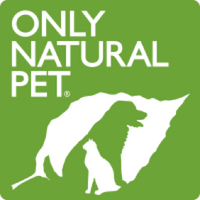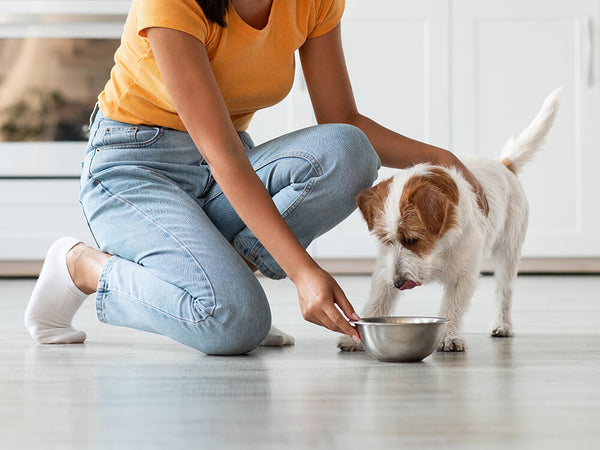Natural Cat & Dog Shedding Remedies & Supplements
Written by: Dr. Jean Hofve, Holistic Veterinarian, DVM
For dogs and cats, shedding is a normal part of life. Their fur, like our hair, is always growing. Individual hairs do go through a dormant phase, but there’s so many of them you’ll never notice! As the hairs age and die, new hairs start to grow and push the old ones out. These either come off completely (usually on your opposite-colored carpet), or get tangled up and create mats.
"What your pet eats has a huge influence on skin and coat condition. In fact, it’s where problems often show up first."
There are four main factors that affect when and how much a dog or cat will shed:
-
Breed. While it may seem contrary, long-haired breeds (Afghans, Setters, Persians) tend to shed less than short-haired pets, because it takes so long to grow out that lush coat. Short-haired breeds constantly grow new hair, and push out old hairs that love to slip into furniture, food, you name it! There are different types of coats, depending on breed. One is a single layer with little or no undercoat; these are the lowest-shedding types. The normal “double” coat has a soft undercoat with stiffer guard hairs that give the coat its color. Many double-coated breeds have very heavy undercoat as well as medium to long guard hairs; they are the breeds associated with outdoor work or very cold climates. Most cats are also double-coated. There are also hairless breeds of dogs as well as cats; but they are not maintenance-free, nor are they “non-allergenic.” It is protein in the skin cells that cause allergies in humans.
-
Grooming & Coat Care. Your pet’s fur is not something you can just ignore. Even short-haired dogs and cats will benefit from grooming. A common misconception is that brushing is all pets need, but brushes only glide over the top layer and don’t get down underneath. A comb or Furminator must be used to reach the undercoat and pull all the dead hair. Click here to view our selection of grooming tools. If you want to bathe your pet, be sure to comb them out thoroughly before getting them wet; water will loosen dead hair and tighten mats, making the after-bath combing out job even tougher. Cats rarely need baths unless they’ve gotten into something. In general, dogs should not be bathed more than every week or two; though certain skin conditions may require more. Bathing will reduce shedding overall because it is so good at getting the dead hair out.
-
Diet. What your pet eats has a huge influence on skin and coat condition. In fact, it’s where problems often show up first. If there’s too little fat, or the wrong kind of fat, in the diet, it will show up as poor coat condition. Feeding a high quality natural food and supplementing with Omega-3 fatty acids from fish or cod liver oil will help keep your pet’s coat healthy. Dandruff, or dry, ratty, or greasy fur, are not normal; nor is patchy hair loss or baldness. If you notice excessive or localized shedding, be sure to have your veterinarian check your pet for parasites, hormonal imbalances, and other conditions that affect the skin and coat. Click here to view the Only Natural Pet natural dog and cat food category.
-
Season & Weather. Dogs and cats are, in general, seasonal shedders. In the spring, they shed out their winter coats, and in the fall, they ditch their summer coats to prepare again for cold weather. Even indoor pets will follow this pattern because photoperiod (length of daylight) influences their hormones. Outdoor pets will, of course, be more influenced by weather extremes. Indoor pets tend to shed smaller amounts, but year-round, because indoor heating, cooling, and lighting makes seasons less of a factor.
Shedding is a normal part of life with cats and dogs, but regular grooming, a good diet, and a lint brush or two should keep it from becoming too stressful to you and your pet.


















